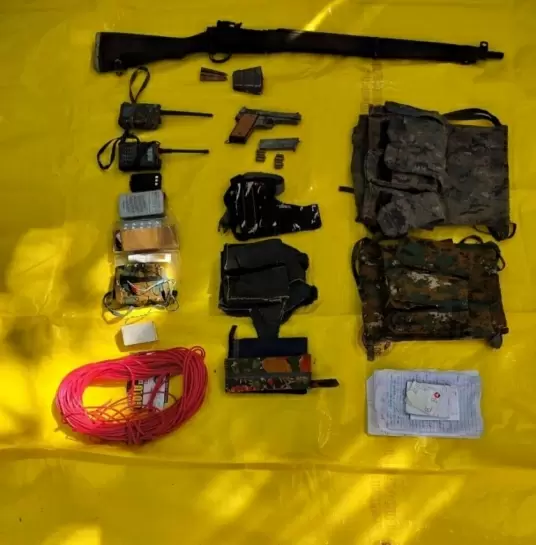'Banks to lend Rs 1.85 lakh cr to housing, auto, MSMEs'
03-March-2020
Banks in the next six months will be lending Rs 1.85 lakh crore to specified sectors and can save around Rs 7,400 crore if credit growth happens at 9 per cent for housing and 5 per cent for vehicle and MSME loans, Soumya Kanti Ghosh, Group Chief Economic Adviser, State Bank of India said on Tuesday.
"As per our estimation the banking industry in the next 6 months (till July 31,2020) will be lending Rs 1.85 lakh crore in specified sectors and can save around Rs 7,400 crore (assuming credit growth of 9 per cent for housing and 5 per cent for vehicle and MSME loans) as CRR benefits," the SBI said in a paper.
Capital charge on Rs 1.85 lakh crore would be around Rs 15,000 crore.
This Rs 7,400 crore will have an impact on banks' profitability and cost of deposits. We believe that banks' profitability will increase by Rs 480 crore (@6.5 per cent G-sec yield). Cost of deposits may also be impacted by 2-3 bps. This is an excellent step and RBI if it extends this to December 31, 2020, as the second half is more productive in lending due to the festive season could have a larger impact on the banking sector.
However, instead, if RBI had cut 1 per cent CRR, then it would have released around Rs 140,000 crore funds, which can be used for lending to the desired sector.
On the other hand, it will also help the banks to lower their MCLR as the cost of funds will decline and also result in improved profitability for the banking sector. Such cut in CRR could also have been linked to outcome based re-financing scheme for the banks.
The recent steps by RBI are a signalling device to the market.
The recently conducted Long Term Repo Operations (LTRO) by RBI are aimed at providing additional durable liquidity to the Banking Sector.
LTRO is durable liquidity and will substitute frictional liquidity in banking system.
LTRO will provide a clear timeline as to when money will flow but the impact on Banks' costs of funds (up to 1-2 basis points/Rs 1 lakh crore on a deposit base of Rs 130 lakh crore) is minimal unless augmented by larger LTROs.
LTRO has also no negative carry on cost of fund because of no CRR requirement.
The efficacy of the CRR, an instrument of active liquidity management, in a modern financial system is limited unless carried out on a larger scale.
It is expensive to administer frequent changes in reserve requirements and "using reserve requirements to fine tune the money supply is like trying to use a jackhammer to cut a diamond" (Mishkin 1997), Ghosh said.
To be fair to the RBI, CRR has ceased to be an instrument of monetary control in India since the mid 1990s, with the CRR being brought down sharply since then.
Interestingly, during the early 1990s, additional CRR requirements (in the form of incremental CRR) were introduced from time to time. For example, an incremental CRR of 10 per cent was also levied on various non-resident deposits in order to restrict inflows during such time, the report said.
Banks have urged the RBI to reduce CRR several times in the past which is at 4 per cent since February 2013.
As a follow up measure, RBI recently instead of reducing the CRR, has infused extra amount for lending through outcome based CRR reduction.
RBI in its last monetary policy (February 5) and then subsequently through the circular (February 10) has allowed banks to deduct the equivalent amount of incremental credit disbursed by them as retail loans to automobiles, residential housing, and loans to micro, small and medium enterprises (MSMEs), over and above the outstanding level of credit to these segments as at the end of the fortnight ended January 31, 2020 from their net demand and time liabilities (NDTL) for maintenance of the cash reserve ratio (CRR).IANS
Bondi Beach Terror Attack: Shooters Sajid-Naveed Identified As Pakistani-Origin Father-Son Duo
Legendary Singer S.P. Balasubrahmanyam's Statue Unveiled In Hyderabad Amid Row
In BJP, Anyone Can Rise From Pasting Posters To National President: Giriraj Singh On Nitin Nabin’s Elevation
Ram Janmabhoomi Movement Veteran Ram Vilas Vedanti No More, Yogi Adityanath Pays Tribute
Rajinikanth Turns 75: Anil Kapoor, Kajol Lead Heartfelt Birthday Tributes









